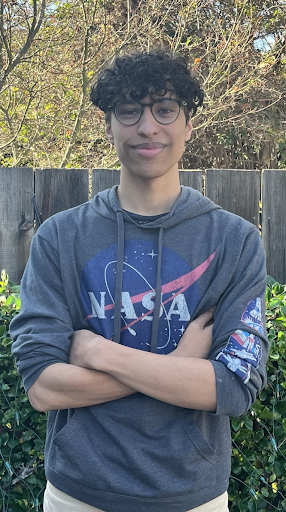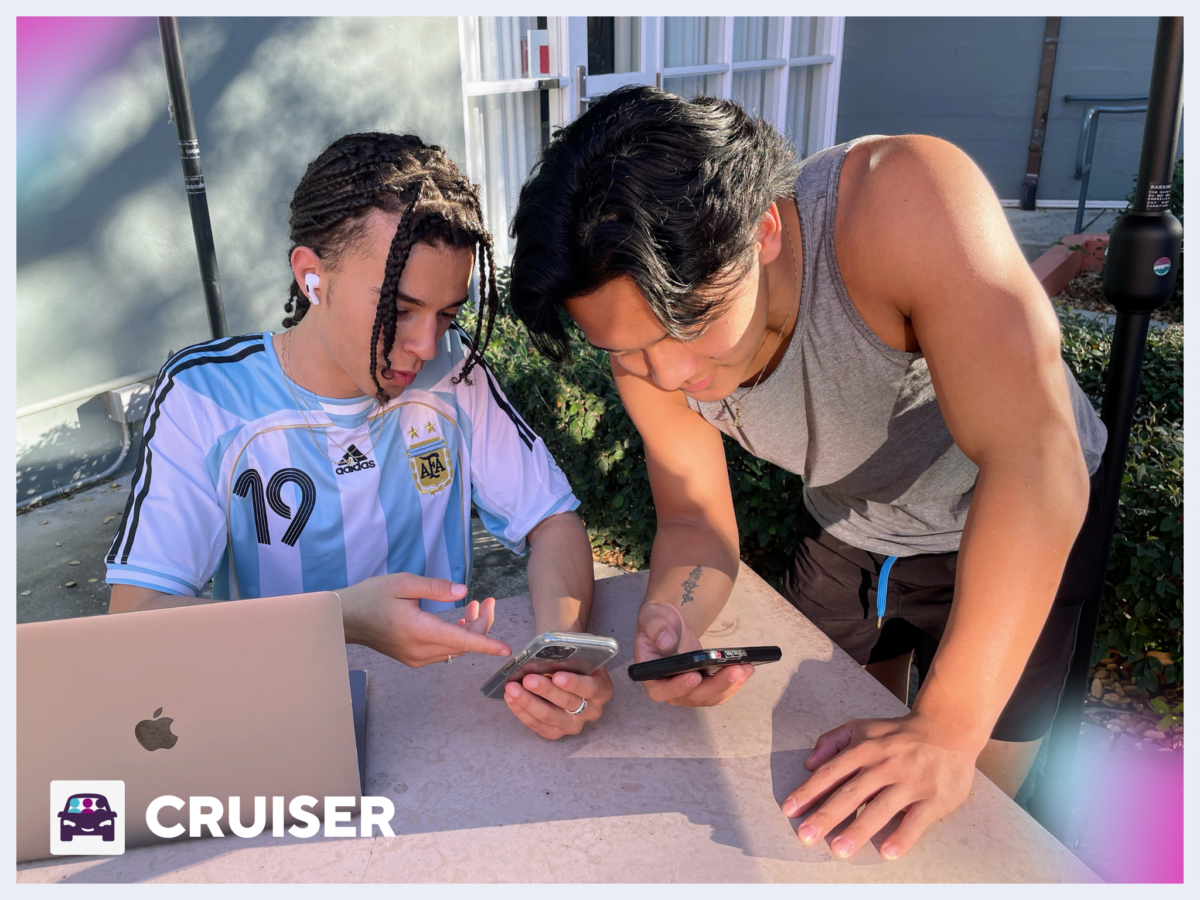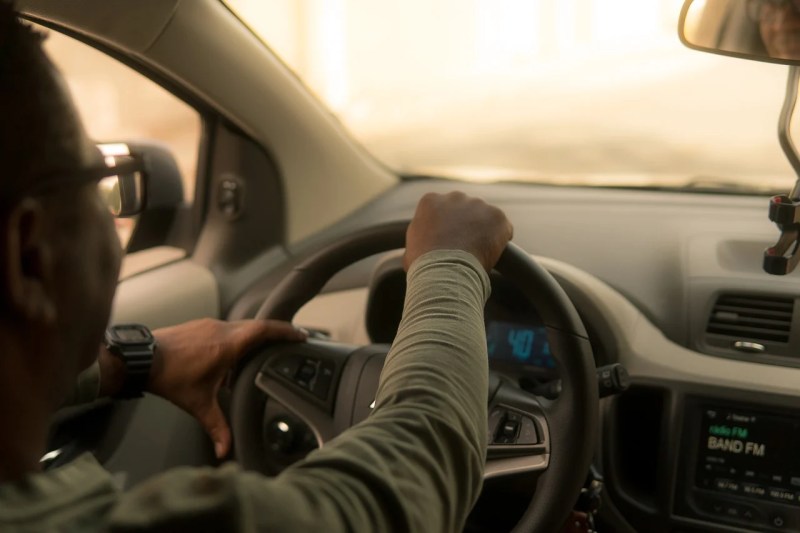The week before every break, the phrase “$65?!” echoes across campus.
While students travel to different destinations over break, most have one thing in common — shock over the travel costs of Uber or Lyft rides to the airport. The rides, which could total over $130 to get to and from the airport, represent a financial hardship and inconvenience for many students. From various dorm group chats to desperate Fizz posts, students have tried everything to lower the cost of airport travel.
To help address students’ rideshare affordability concerns, Aditya Saligrama ’24, Gashon Hussein ’25 and Stanley Rozenblit ’25 independently created rideshare websites. Although each website allows users to input their flight information and get matched with possible carpoolers, they have unique features and processes that set them apart.
When Saligrama began planning his trip home for winter break, he said he could not believe the exorbitant prices of Ubers and Lyfts to the airport. To decrease the travel cost, he created spreadsheets for students to coordinate rides. However, he sought an improved process and created Caravaner as the optimal ridesharing website, according to him.

Caravaner is less about Saligrama’s ambitions as a software developer and more about how he can best support the real needs of students, he said. Under his design, there is no wait time for users — as soon as users enter their flight information, they can immediately coordinate ridesharing plans. Users’ flight and contact information also remain hidden until a ridesharing group is finalized, he added. Saligrama expects to launch additional features in coming weeks, after the initial launch during the week of Feb. 14.
Similarly, Hussein was inspired to create his own rideshare platform after using spreadsheets, such as Saligrama’s, to coordinate carpooling for winter break. Finding these spreadsheets to be “tedious and unrefined for both parties,” he created RideShare as a solution for Stanford students facing similar problems.
After spending months creating the website, Hussein held off on releasing it to add additional features, such as user-authentication and in-app messaging, releasing it during the week of Feb. 14. To create a RideShare account, students input their Stanford email address into the website, where it is then validated through Stanford’s public database for security purposes. Additionally, with the in-app messaging feature, students can chat and further test their ridesharing compatibility before using other communication mediums. Hussein added that he welcomes any feedback with hopes of future expansion.

The third ride-matching website was created by Rozenblit, Johan Sotelo ’25 and another undergraduate student who requested anonymity for fear of public backlash. It began with Rozenblit managing various ride-matching Google Forms . He and his co-founders later created Cruiser as a step up from the manual Google Forms, matching over 1,200 students since December.
Cruiser’s current features include departure location, time selection, in-app messaging, flexible matching and a “unique predictive algorithm” that compares user entries with entries across campus, Rozenblit said.
Rozenblit also shared plans for future features, including a possibility for users to travel to destinations other than the airport, such as Trader Joe’s and concert venues. Rozenblit emphasized that he is receptive to feedback for the website.
Alex Chon ’25 and Collin Pang ’25, users of the previously offered ride matching services and potential consumers of these three websites, agreed that the in-app chatting feature is among the most important features of the websites. However, they believe the services would be stronger if they joined forces.
“In the end, it would be better if there was only one website because as of right now, the user bases are divided, which only hurts all three websites,” Chon said.
Regardless, Chon and Pang predicted that prospective users will have to skim the three websites and decide for themselves which they believe will ridematch them most safely and conveniently.
While some disagree with the separation of platforms, Hussein believes that the plurality of ridematching services at Stanford is a positive feat. The arrival of multiple platforms shows “there was a big gap that needed to be filled, and in the end, competition is a driver of further innovation,” he said.

The article has been updated to include a picture provided by the Cruiser team and clarify the details pertaining to Cruiser release.
